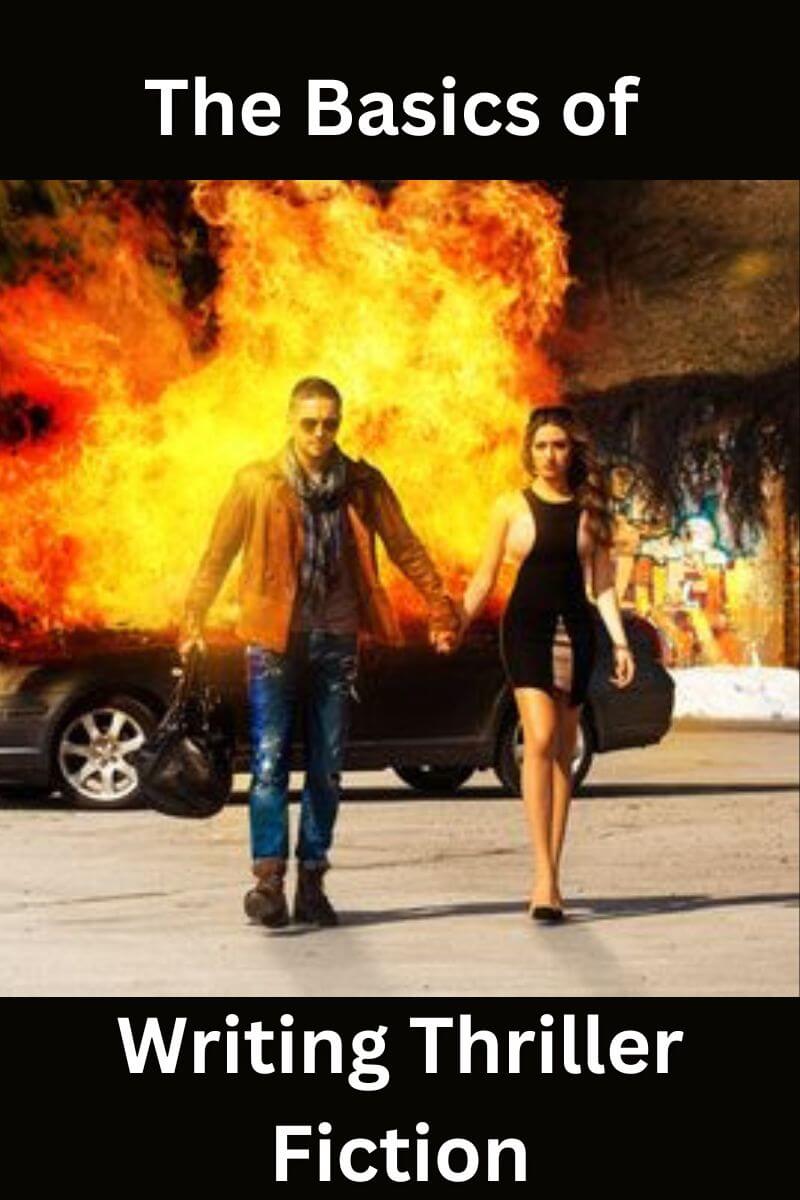Characters and Vulnerability
by Nata
(New Zealand)
Question: I have a habit of writing strong female leads or just 'normal' women with 'normal' confidence levels, but I've recently stumbled across a bit of a problem. I am writing a story where the protagonist is male and his introduction to this 'minor character' is rescuing her from another man. I have written her to be somewhat vulnerable, fearful of things out of her control, but I want her to be likeable and don't see how I can accomplish that with a personality that, to me, might make the reader think 'leave her alone, she's too much work for you, protagonist!'
I'd like to be able to find a good place in her personality where readers will understand how vulnerable she is, how the protagonist takes advantage of her fears, or how he strengthens her, without them getting bored of her tentative personality and maybe even liking it. I want to make her feel like she is worth both the protagonist's effort, and the readers' time.
Answer: Different types of personalities have advantages in different situations or in coping with different types of problems. The thing that makes male/female relationships work is when each person can offer the other a perspective or an approach that they would never come up with on their own.
For instance, there are...
Linear thinkers: those who look for the biggest concern and concentrate on addressing that to the exclusion of all lesser concerns.
Holistic thinkers: those who consider all concerns, large or small, and try to bring them all into balance.
Sometimes the linear approach is right. Solving the biggest problem is the shortest route to happiness. On the other hand, sometimes that approach has unwanted side-effects that make things worse.
The holistic approach helps to eliminate unwanted side-effects, but it is slower and less direct, so sometimes
Then there are...
Do-ers: characters who try to address problems by taking action to change something in the world around them or change other people.
Be-ers: characters who try to address problems by changing themselves to fit in with other people or their environment.
Again, sometimes do-ers are right. Other times, they are like a bull in a china shop. Sometimes be-ers are right. And sometimes they seem to sacrifice too much of themselves in trying to fit in.
Traditionally, Western culture has admired Linear Do-ers. Most traditional male protagonists fall into that category, while female romantic leads have tended to be Holistic Be-ers (and undervalued, I dare say).
If your female lead is a be-er, the trick is to put your two leads in another situation where her talents, her approach, is effective and his isn't. That way, he can appreciate her and learn from her.
Or, if she is a holistic thinker and he is linear, you can put them in a situation where her intuitive ability to weigh up many little concerns leads to the right solution faster.
No one character can perceive everything. No one can cover both ends of the spectrum. But there can be areas where your two characters see eye to eye. What makes a great relationship is where two people have some shared perception that lets them trust each other. Yet each is also capable of perceiving things the other is not - so they can help and respect each other.
In other words, you can make her strong in her own area while still being different than him. Maybe she can't punch out the bad guy, but maybe she can help her hero navigate interpersonal politics or a situation where success depends on being a certain way.
Comments for Characters and Vulnerability
|
||
|
||
- Home
- Character Questions
- Characters and Vulnerability











